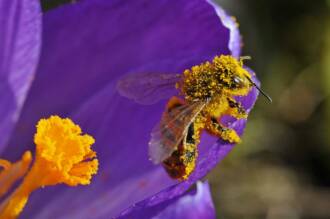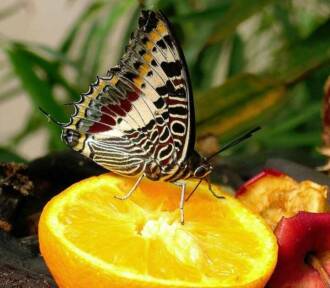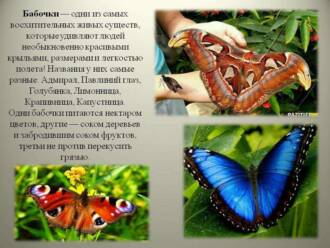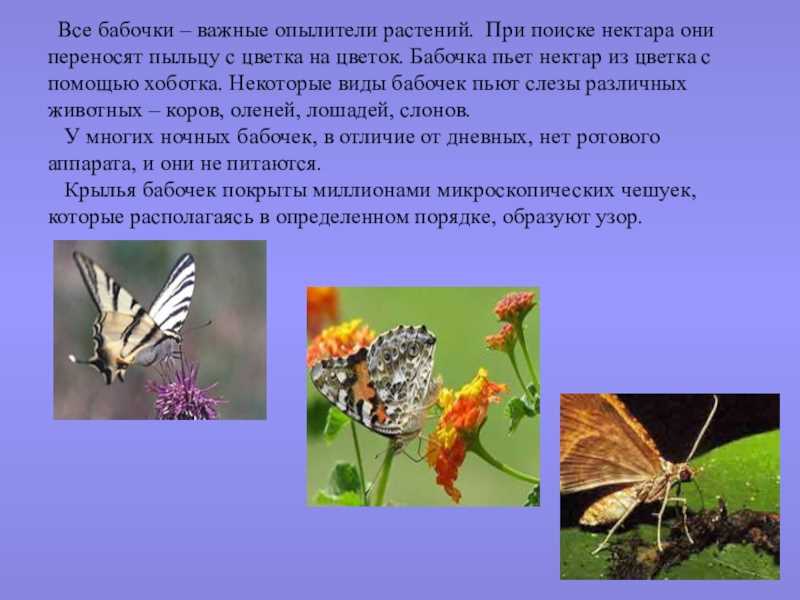
Butterflies are one of nature's most beautiful creatures, and their presence in the garden or fields can be both a pleasant sight and beneficial for plants. However, to attract butterflies to your garden and create a favorable environment for them, you need to know what plants to offer them as a source of nectar.
Depending on the species, butterflies may have different food preferences. Some species prefer certain plants, while others may feed on nectar from a variety of flowers. However, there are several plants that are preferred by almost all butterfly species as a source of food.
One such plant is elderberry. Its luscious, fragrant flowers attract many butterflies, including various species of light blue butterflies. Elderberry also serves as a food source for the caterpillars of some butterfly species.
Another popular plant among butterflies is lavender. Its bright, purple flowers attract many butterflies, especially species of the blueberry family. Lavender also has a pleasant aroma that attracts not only butterflies, but also other beneficial insects.
Plants for Butterflies: The Importance of Diversity
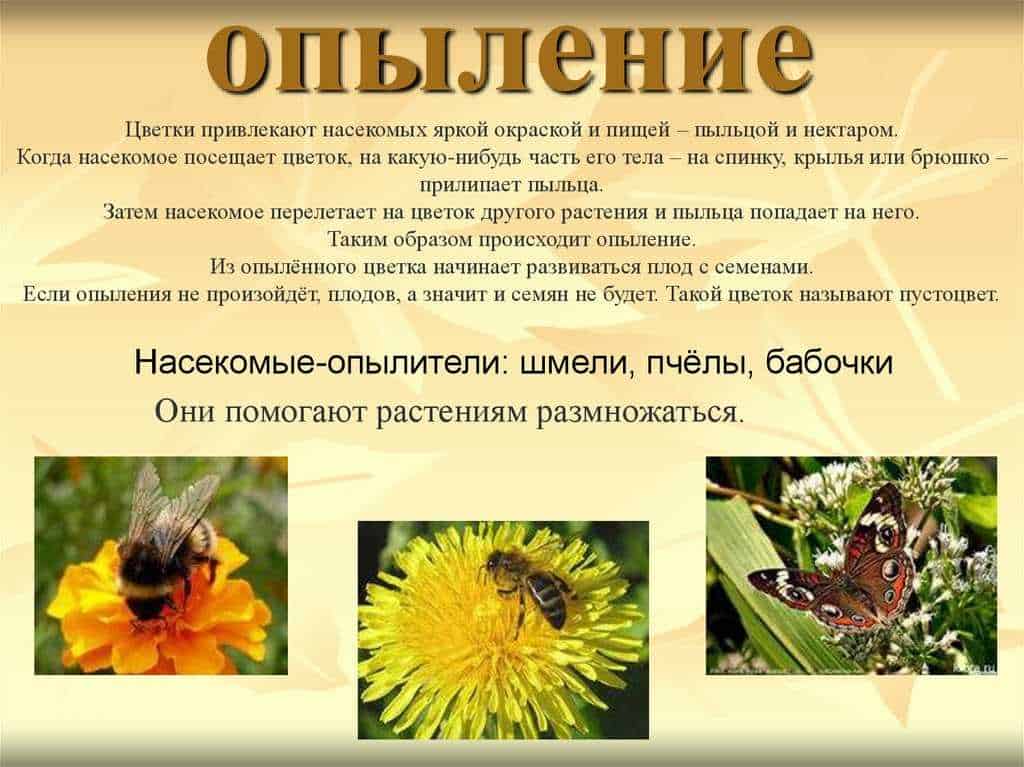
To attract and maintain a variety of butterflies in your garden, it is important to offer them a variety of plants as a source of nectar. Plant diversity provides butterflies with a variety of food, which is key to their survival and reproduction.
Variety of colors
Butterflies are attracted to flowers of various shades and shapes. Offer them plants with bright colors such as red, orange, purple and yellow. It is also important to have plants with different flower shapes in your garden, such as flowering shrubs, bushes and climbing plants.
Variety of flowering times
It is important to offer butterflies plants that bloom at different times of the year. Different species of butterflies are active in different seasons, so they need a constant supply of nectar sources. Try to choose plants that bloom in the spring, summer, and fall to provide butterflies with food throughout the year.
Variety of plant types
Besides flowers, butterflies are also attracted to different types of plants. Include at least several different types of plants in your garden, such as annuals, perennials, trees and shrubs. This will provide butterflies with a variety of places to rest, feed and reproduce.
Diversity of habitats
Some butterfly species prefer certain types of habitats, such as forest clearings, swamps or gardens. Try to create different zones in your garden with different conditions to attract different types of butterflies. For example, you can create an area with moist soil to attract butterflies that prefer moist conditions.
The importance of plant diversity for butterflies is that it provides them with the necessary food and conditions to survive and reproduce. Offer them a variety of flowers, different plant types, different bloom times, and different habitats to attract as many butterfly species as possible to your garden.
Flower Plants: Attract Butterflies with a Variety of Flowers

Butterflies are important pollinators of flowering plants. They are attracted to flowers by their color, smell and shape. To attract the maximum number of butterflies to your garden, you should pay attention to the variety of colors of flowering plants.
Various colors Flower plants can attract different types of butterflies. Some butterflies prefer bright and rich colors such as red, orange and yellow. Other species prefer soft and pastel shades. Therefore, to attract more butterfly species, it is recommended to plant flowering plants of different colors.
Features of colors
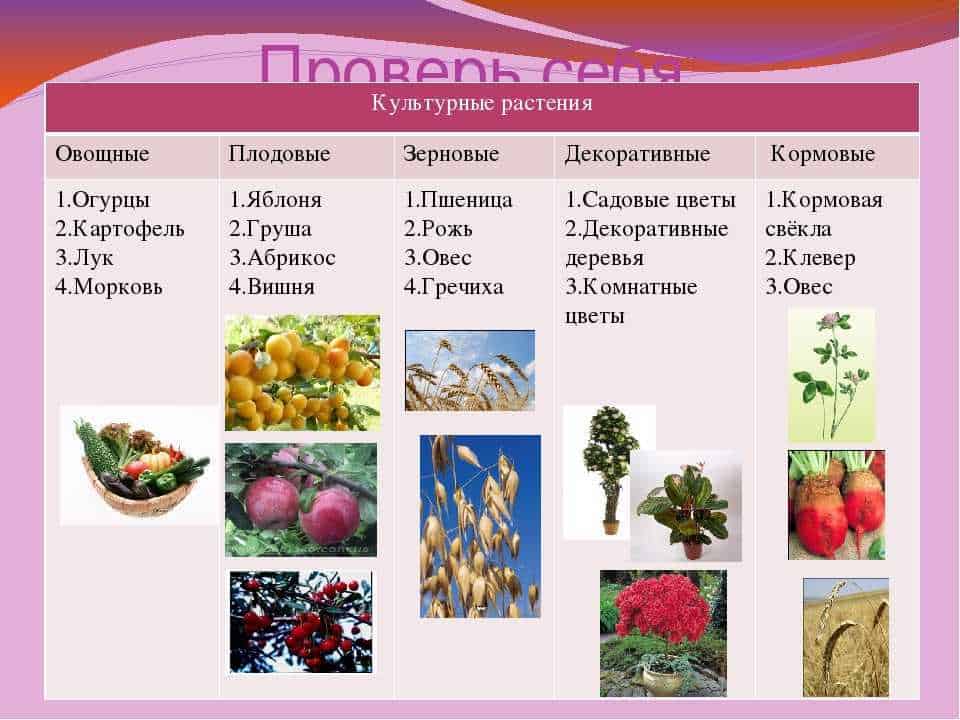
In addition to color, butterflies are attracted to flowering plants by their shape and smell. Some butterflies prefer flowers with deep sepals into which they can dive and reach the nectar. Other species prefer flowers with flat surfaces on which they can comfortably sit and feed. When it comes to scent, some butterflies are attracted to flowers with a bright, sweet scent, while other species prefer flowers with a gentle, delicate scent.
Selection of flower plants
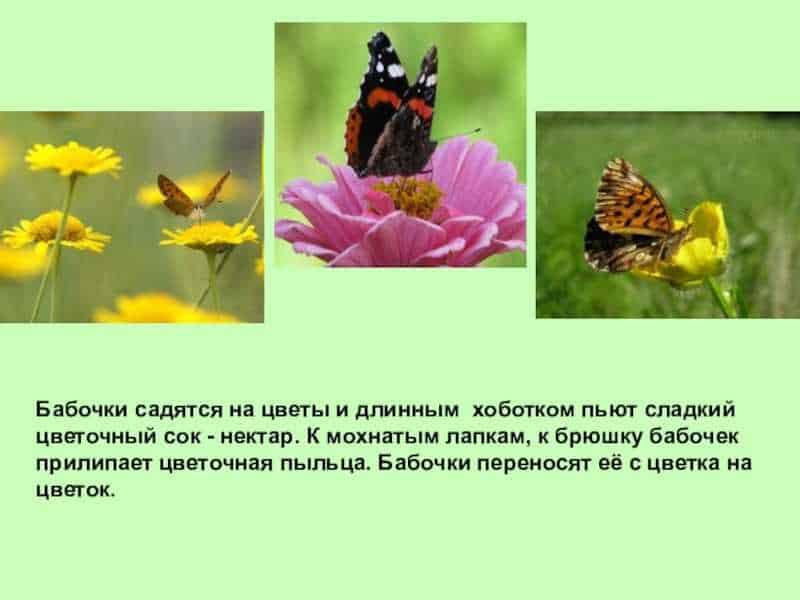
To attract butterflies, it is recommended to choose a variety of flowering plants. For example, you can plant daisies, lavender, dahlias, asters, violets and other flowers of different colors and shapes. It is also important to consider the seasonality of flowering plants to ensure a continuous source of food for butterflies throughout the season. You can also look for plants that are particularly attractive to butterflies, such as butterfly bushes, which have special flowers and leaves that attract butterflies with their shape and scent.
Bottom line, a variety of flowering plant colors is key to attracting butterflies to the garden. The color, shape and scent of flowers can attract different types of butterflies. Therefore, you should choose a variety of flowering plants to ensure maximum butterfly diversity in your garden.
Sunbirds: Must-Offer Plants
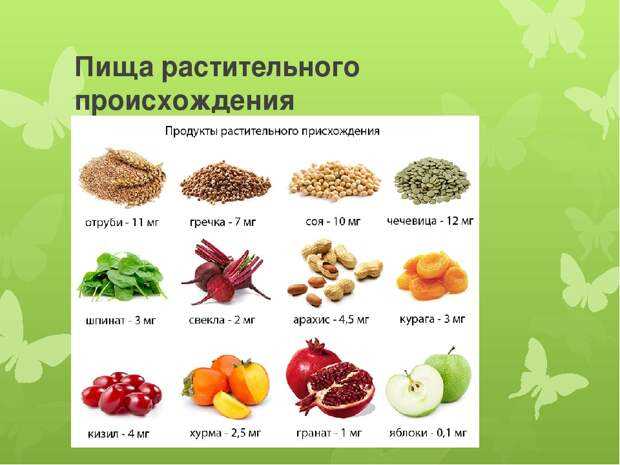
Sunbird butterflies are species of butterflies that feed exclusively on the nectar of flowers. To attract and maintain these beautiful insects in the garden or dacha, it is necessary to offer them certain plants that are the most attractive sources of food.
One of the most popular and useful plants for sunbird butterflies is the honey plant. Its bright, fragrant flowers attract butterflies and stimulate their activity. It is also necessary to add a plant to the nectar of the honey plant, which will serve as a source of food for the caterpillars. For example, a suitable option is a plant on whose leaves caterpillars can feed and develop.
In addition to honey plants, it is important to offer other colorful and fragrant flowers to sunbirds. For example, lavender, geranium, cornflower, aster and yarrow will all attract butterflies with their beauty and sweet nectar.
It is also worth paying attention to flowers with long tubes, which provide access to nectar even for butterflies with short proboscises. Such flowers include, for example, dahlia, gladiolus, phlox and geranium.
And, of course, don’t forget to provide a variety of plants with different flowering times. This way you can attract sunbirds throughout the season and provide them with a constant source of food.
Plants preferred by admirals and variegates
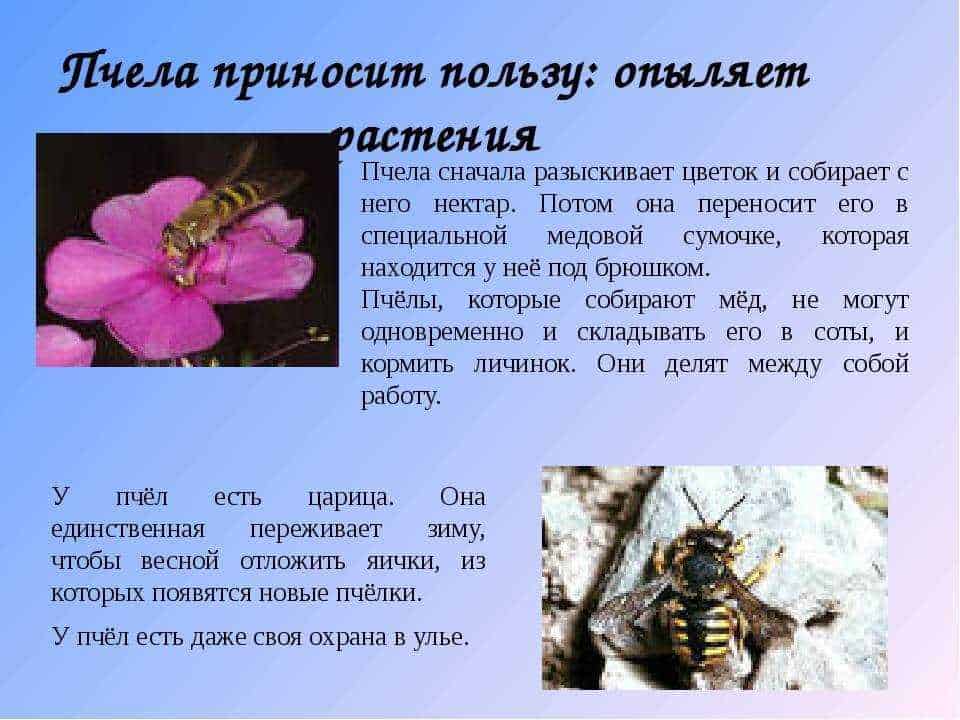
Admirals and variegated butterflies are species of butterflies that have their own preferences for the plants they feed on and gather nectar from. Knowing these preferences will help you attract these beautiful insects to your garden.
Admirals
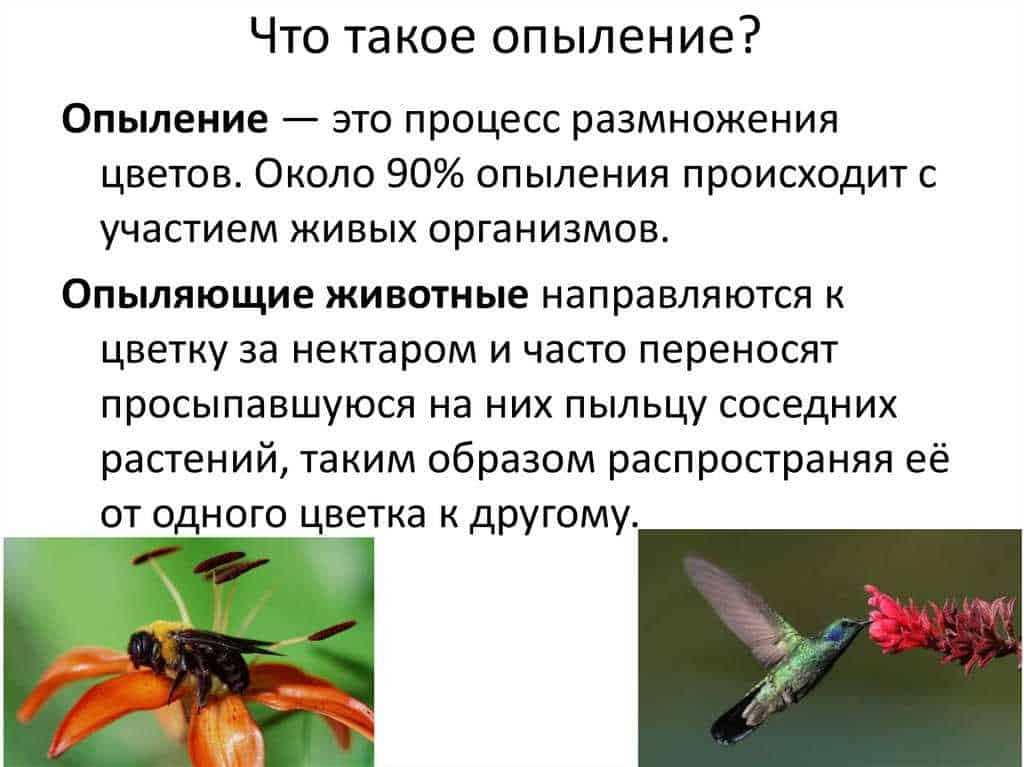
Admirals prefer plants belonging to the aster family. They are especially attracted to basket-shaped flowers with bright colors. Some of the plants that admirals prefer include bloodroot, dandelion, chamomile and rudbeckia. These plants provide admirals not only with food, but also with places to rest and reproduce.
Variegated flowers
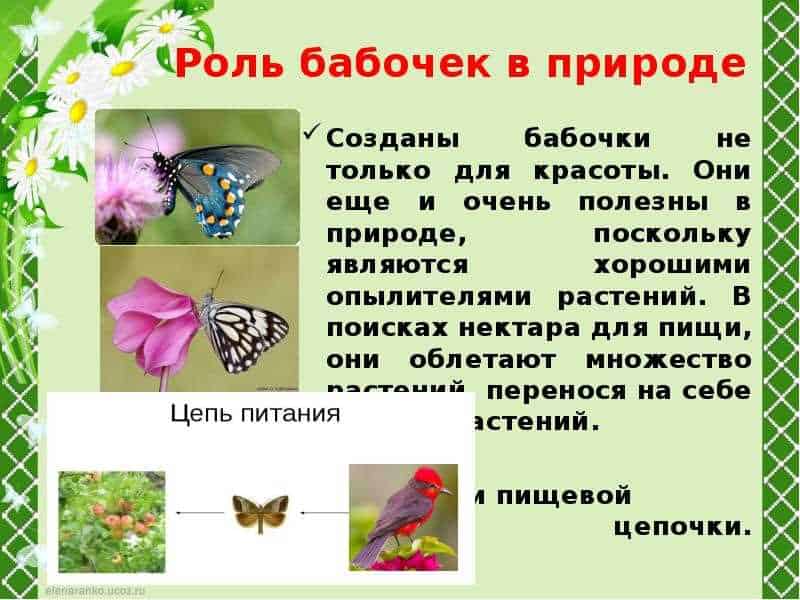
Variegated flowers also prefer plants in the Asteraceae family, but they can also find nectar on other plants. Some of the plants that variegates prefer include saxifrage, cornflowers, nettles and yarrow. These plants provide variegated flowers not only with nutrients, but also with protection from predators thanks to their thorns and poisonous substances.
If you want to attract admirals and variegates to your garden, create a favorable environment for them. Plant the plants they prefer and give them plenty of space to rest and reproduce. Also make sure your garden is free of harmful pesticides that may repel these beautiful insects. Make your garden a cozy and welcoming place for admirals and variegates, and they will delight you with their presence.
What to offer Apollo and fieldfare: plants that attract these species
Apollos and fieldfares are beautiful and graceful butterflies that have special food preferences. To attract these species to your garden or plot, it is recommended to plant a number of plants that will serve as a source of nectar for them.
Apollos
Apollos are a type of butterfly that lives in mountainous areas and feeds on flower nectar. To attract Apollos, it is recommended to plant the following plants:
- Spiraea - This is one of the main plants that attracts Apollos. Its bright flowers and sweet nectar attract butterflies from different areas.
- Whitewing — another plant that attracts Apollos. Its delicate white flowers have a pleasant aroma that attracts butterflies from afar.
- Heather — This is another plant that Apollos love. Its bright yellow flowers attract butterflies and serve as an important food source for them.
Fieldfare

Rowan butterflies are another type of butterfly that also feed on flower nectar. To attract rowan butterflies to your garden, you can plant the following plants:
- Rowan — is a plant that attracts rowan butterflies with its bright red berries. Butterflies fly to the rowan to feed on their sweet nectar.
- Yarrow — is another plant that attracts rowan trees. Its nectar is an important source of food for butterflies and attracts them with its aroma.
- Hemp — It is also a plant that attracts rowan trees. Its bright flowers and sweet nectar are an attractive food source for butterflies.
Planting these plants on your site will help attract Apollo and fieldfare and create favorable conditions for their habitat. Butterflies will delight you with their beauty and attractiveness.
Plants for argus and white butterflies: what types of butterflies to attract

Argus butterflies and white butterflies are two different species of butterflies that have different food preferences and require different plants to attract them. Argus butterflies prefer plants with brightly colored and fragrant flowers that provide them with nectar. One of the attractive plants for Argus butterflies is lavender. Its purple flowers and strong aroma attract these butterflies and stimulate their feeding.
Another attractive plant for argus is nettle. Although it can be irritating to people's skin, nettles are an important food source for argus. They can feed on nettle leaves, making this plant essential for attracting these butterflies.
Whites, on the other hand, prefer plants with more delicate flowers and leaves. One of the most attractive plants for whites is dandelion. The bright yellow flowers and abundant nectar make it an ideal food source for these butterflies.
Another attractive plant for whites is the stone flower. Its delicate white flowers and sweet nectar attract white moths and provide them with the nutrition they need. Stone flower is also a good food source for other butterfly species.
Larvae and Their Food Plants: What You Need to Know About the Larvae's Preferred Plants

Butterfly larvae, also known as caterpillars, have their own preferred food plants. These plants are the main source of food for the larvae and are important for their growth and development. Each butterfly species may have its own unique preferences, so it is important to know what plants to offer to attract specific butterfly species.
One way to attract different species of butterflies is to create an appropriate environment with food plants that the butterflies prefer. For example, monarch butterfly larvae feed exclusively on milkweeds. So if you want to attract monarch butterflies to your garden, you can plant milkweeds.
However, not all larvae feed on only one type of plant. Some butterfly species prefer a wide range of plants, while others may be more specialized and only feed on certain types of plants. For example, cricket moth larvae can feed on a variety of plant species, including grasses and shrubs.
If you want to attract a variety of butterflies to your garden, it is recommended to plant different types of plants that offer a variety of colors, scents and textures. Some popular plants that attract butterflies include peppermint sage, butterfly hydrangea, sunflower, violet and lavender. These plants will provide a food source for different types of butterflies and create a beautiful and attractive landscape design.
It is also important to consider local conditions and climate patterns to choose the right plants to attract butterflies. Consult local gardeners or research plants that grow naturally in your area and provide food for native butterfly species. This way, you can create a favorable environment for butterflies to thrive and enjoy their wonderful presence in your garden.

